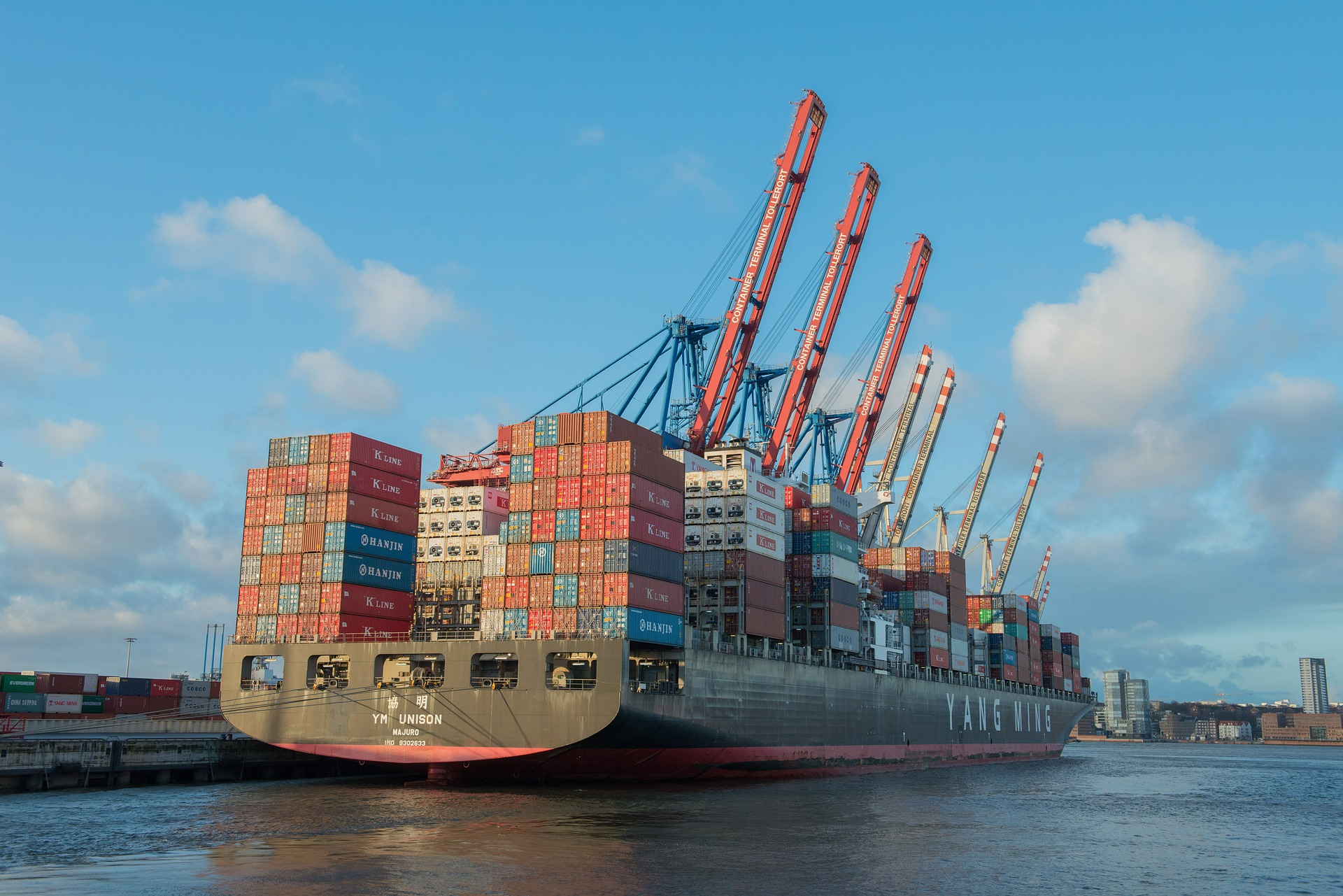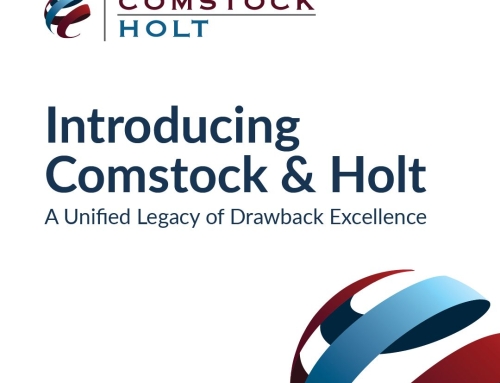Drawback has experienced a plethora of significant changes over the last handful of years: we’ve shifted to a new law under TFTEA with new regulations; transitioned to USMCA from NAFTA (while still waiting on final regulations); moved to filing all drawback claims electronically in ACE; and transferred drawback filings to the Centers of Excellence and Expertise! Despite all of this, post-summary changes for underlying import entries still occur regularly for most drawback claimants. Sometimes a drawback claim has to be amended or perfected due to a protest, a court case challenge, a post-summary correction or for reconciliation and/or a prior disclosure.
In December of 2021, CBP released the latest version of the Drawback CATAIR via CSMS #50473379 – Updated Version of the Drawback CATAIR posted on CBP.gov. In this most recent version, CBP makes a couple of changes to Appendix G (for reconciliation) and to Appendix H (for prior disclosures) that all drawback claimants should be aware of.
- Appendix G is for reconciliation. The most recent change to this appendix added a couple of new columns to account for changes to classification and for changes in the SPI for that reconciled entry. With this change, more clarity was provided on what to do with HTS reconciliation and for FTAs that may alter the underlying import entry. Even though these changes happen rarely, the clarity was important to ensure claimants had provided all the elements of a complete claim. The important thing to remember regarding reconciliation is that if your recons are made for higher values (and therefore duty) than the underlying entry, in order to complete the Appendix G and claim the higher duties for drawback, the recons must be filed at the entry line level and cannot be aggregated.
- Appendix H is for prior disclosure and other duty demands. In the previous version of this appendix, it was not exactly clear what information should be included when a claimant had a prior disclosure on file with CBP. Most post-summary changes are made to underlying entry summary records in ACE, but this is not regularly the case when a prior disclosure is involved. The new version of the appendix now provides a section for the claimant to provide corrected import data. Drawback specialists will now have additional visibility for what has changed in the prior disclosure: whether it’s the HTS, the entered value or the quantity, and can compare these values to what was originally transmitted in the drawback claim from the import entry summary information.
These changes in the CATAIR and increased visibility to the specialists has resulted in a sharp increase in requests from CBP asking claimants if they’ve received refunds on any post-summary changes before a claim is liquidated. To ensure your claims are adjusted correctly at the time of filing, understanding how and when to use these appendices is important. Keep your eyes open for other drawback-related messages from CBP, as you never know when that information will be vital to your drawback program!






